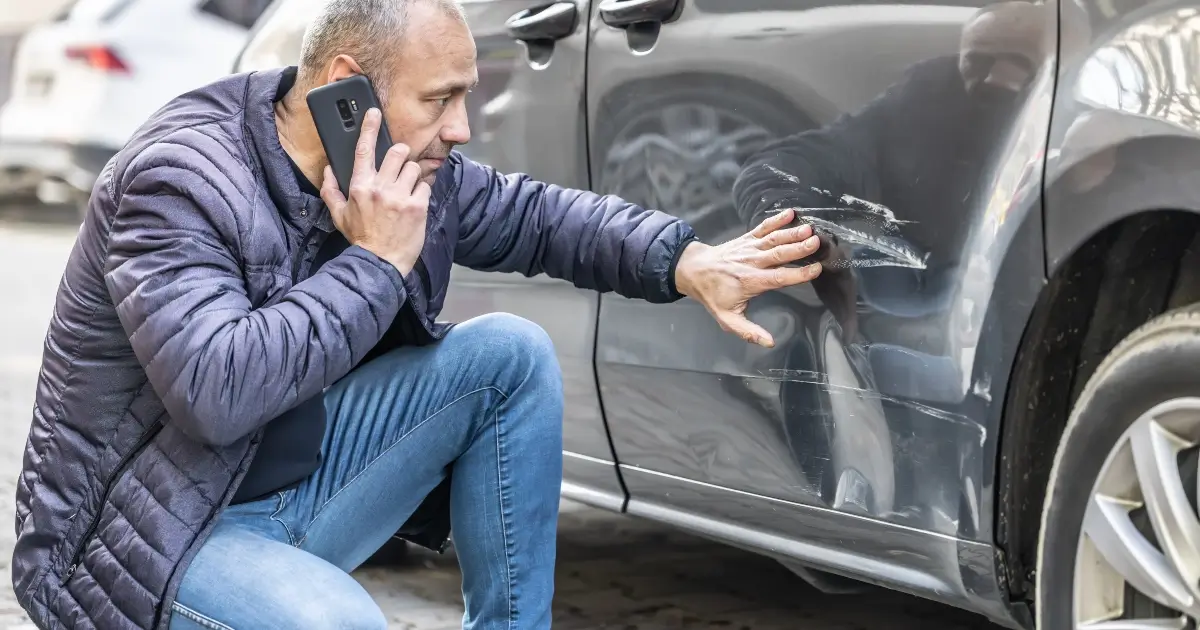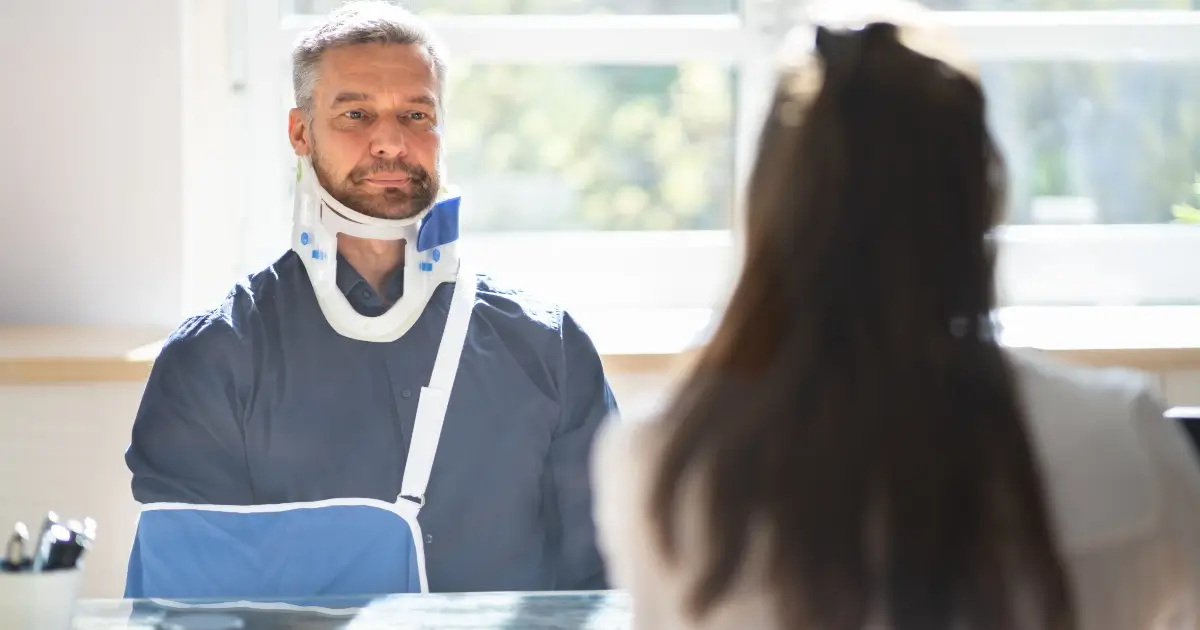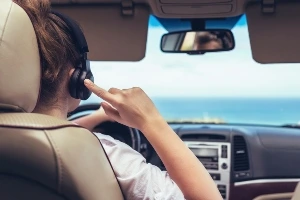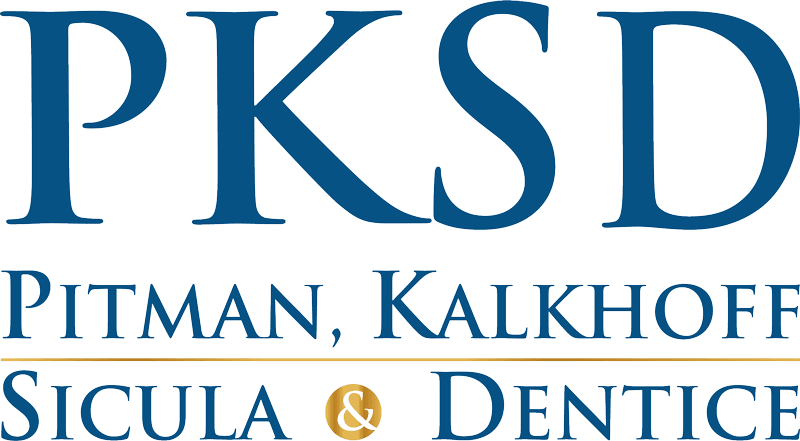 Roadways are intended for the movement of vehicles. However, when a driver breaks down, travels below the posted speed limit, or causes a crash that blocks the roadway, this can obstruct traffic and create another accident. Roadways should be cleared safely and as quickly as possible to avoid a potentially serious accident.
Roadways are intended for the movement of vehicles. However, when a driver breaks down, travels below the posted speed limit, or causes a crash that blocks the roadway, this can obstruct traffic and create another accident. Roadways should be cleared safely and as quickly as possible to avoid a potentially serious accident.
If you have been involved in a crash caused by a traffic obstruction, you may be wondering who may be responsible for any resulting damages. Milwaukee car accident cases can be complex, which is why we recommend seeking legal representation. A licensed Milwaukee automobile crash attorney at PKSD is prepared to guide you through the claims process to seek the maximum compensation possible.
Free Consultation. No Upfront Fees. Ph: 414-333-3333
What is a Traffic Obstruction?
A traffic obstruction can happen when the normal flow of traffic is blocked and other vehicles cannot pass or continue on the roadway without incident.
Common examples include:
- A vehicle that stops or parks on a roadway, obstructing other vehicles from continuing or passing
- Drivers going too slow for the posted speed limit, causing traffic to back up behind them
- Vehicles who drive through a changing traffic light and then stop in the middle of an intersection
- Poorly parked or double-parked vehicles that obstruct a lane of traffic
- A car that has broken down and stopped in a lane of traffic
These and other situations can cause unnecessary traffic accidents and endanger other drivers.
It is illegal to block traffic in Wisconsin. Drivers who break the law by obstructing traffic can be cited for a moving violation. If a driver is convicted of this offense, he or she will receive two demerit points to his or her driving record.
What is Wisconsin’s Steer It and Clear It Law?
Under Wisconsin’s Steer It and Clear it Law, drivers must legally take steps to clear traffic lanes in the event of an accident.
Car Crash With No Serious Injuries
If a car crash occurs, no one is injured and the vehicle is still operational, drivers must move their vehicles to a safer location that does not obstruct traffic. Some examples include:
- A side street
- On the shoulder
- Gas station
- Rest area
- Nearby parking lot
- Crash investigation site
Collision With a Disabled Car and No Injuries
If there is a crash with no injuries, but the vehicle is not drivable, the Wisconsin State Patrol has the authority to quickly remove vehicles, debris and spilled materials from the roadway. Moving the vehicle out of traffic as fast as possible is important because:
- Per WisDOT, vehicles sitting in traffic are 25 percent more likely to cause another traffic incident. For instance, an inattentive driver may crash into a vehicle that has just been involved in a non-injury accident. The impact of that collision may push the second vehicle into traffic where it gets hit by a third vehicle.
- Every minute a lane is blocked due to a crash can cause at least a four-minute delay in traffic.
Disabled Vehicles
If a vehicle is disabled, leaving it in a lane that obstructs traffic is a bad idea. If possible, get the vehicle as far to the right side of the road or shoulder as possible. However, do not try to move the vehicle in an unsafe manner, such as pushing it while in busy traffic. This is dangerous, both for the driver and oncoming traffic. Instead, it is safer to stay in the car and warn oncoming traffic of an incident by immediately turning on your hazard lights. Call 911 and road assistance immediately to get help to the scene.
How Can I Determine Liability for a Milwaukee Crash Caused by Obstructing Traffic?
Obstructing traffic can be dangerous. When a driver blocks traffic and it results in an accident, that driver is most likely liable for the damages.
Wisconsin is an at-fault or tort state, which means that drivers are on the hook financially for any accident they cause. If the fault is shared, however, you can still recover damages if you were less at fault for the crash than the other driver.
For instance, if the other driver was obstructing traffic but you were driving in a safe manner – obeying traffic signs and signals – then you may not be at fault, or only partially liable. If you were speeding, however, it could impact your ability to seek compensation for your injuries and other damages.
Is There Financial Compensation Available if I’m Hurt in an Obstructing Traffic Incident?
If your claim has merit, you may be eligible for compensation to help cover these and other damages:
- Medical expenses incurred since the accident
- Lost wages if missing work while in recovery
- Pain and suffering, both physical and mental
- Travel costs to and from doctor visits
- Prescription medications you may require
- Mobility devices, such as a wheelchair
Generally, you have three years from the date of the accident to take legal action. If the crash turned out to be fatal, eligible family members may file a wrongful death suit, which also has a three-year statute of limitations.
Call PKSD Today to Discuss Your Rights
If you were in a Milwaukee car accident caused by another driver obstructing traffic, it is important to know your rights and potential legal options. Having a knowledgeable and qualified attorney by your side may greatly benefit your claim. Car crash victims who have legal representation often recover significantly more compensation than those who do not.
At PKSD, we have decades of experience recovering millions on behalf of our clients, and we are ready to help. Reach out to our office to schedule your free consultation at no risk or obligation to you. We charge no upfront fees for our services and no fees if we take on a case.
Available 24/7 to answer your call: 414-333-3333






